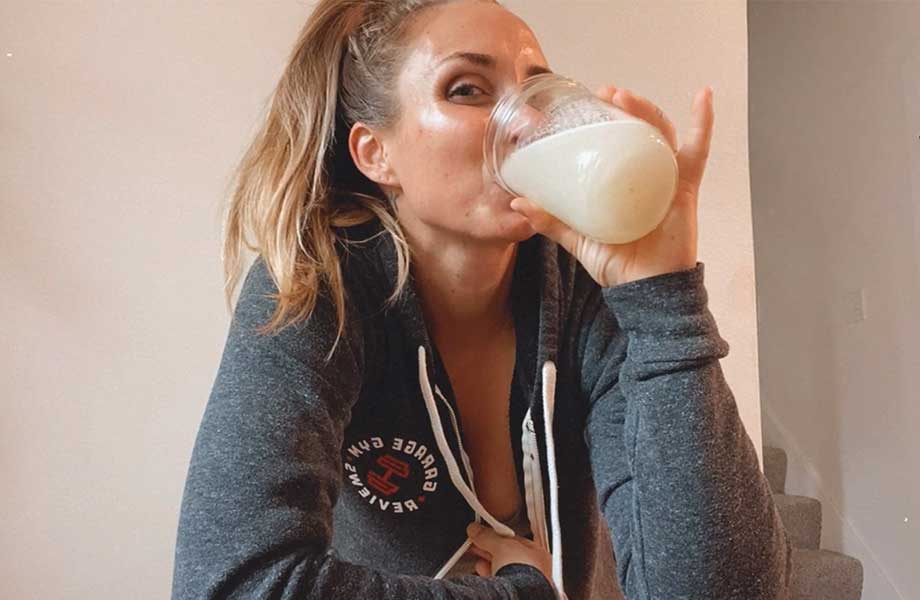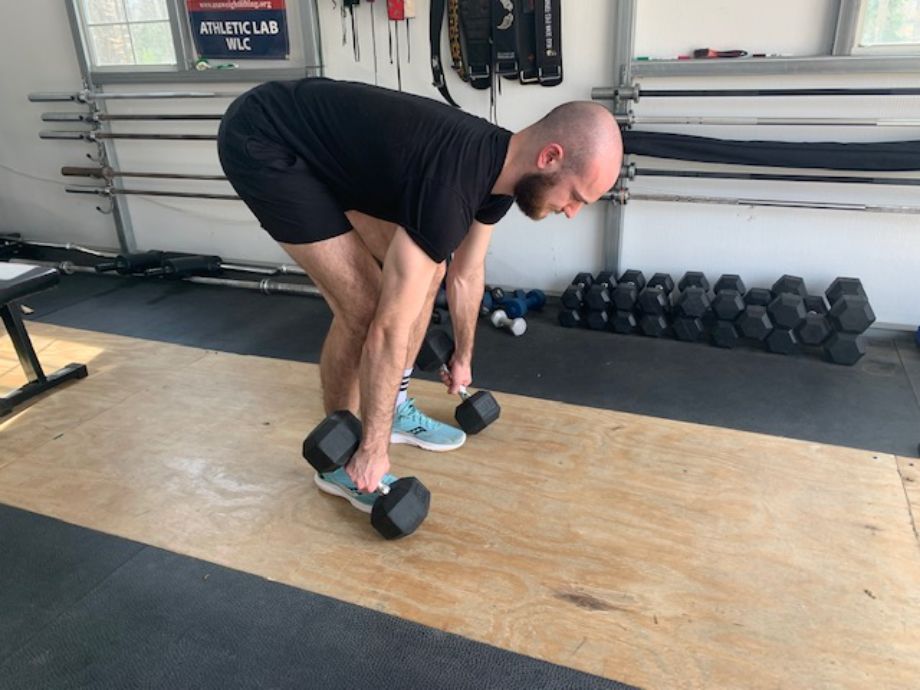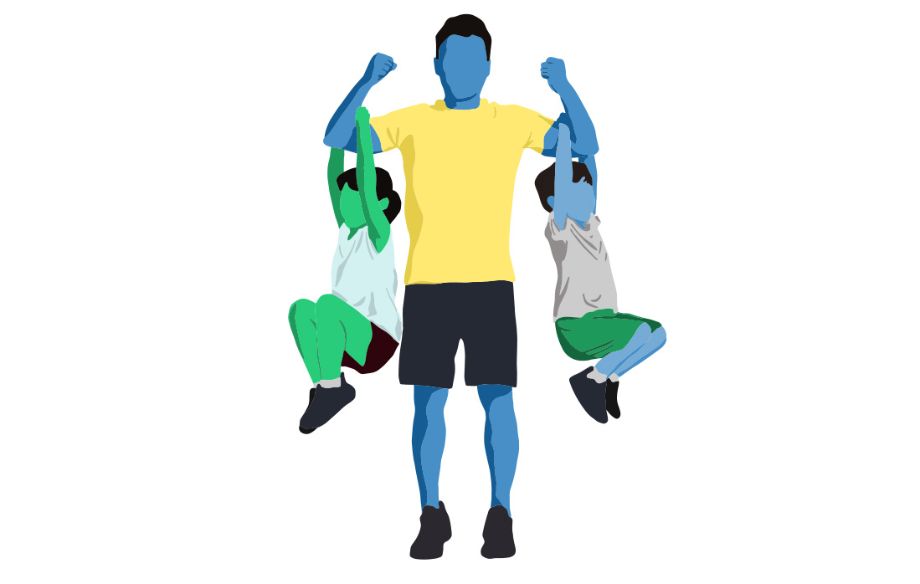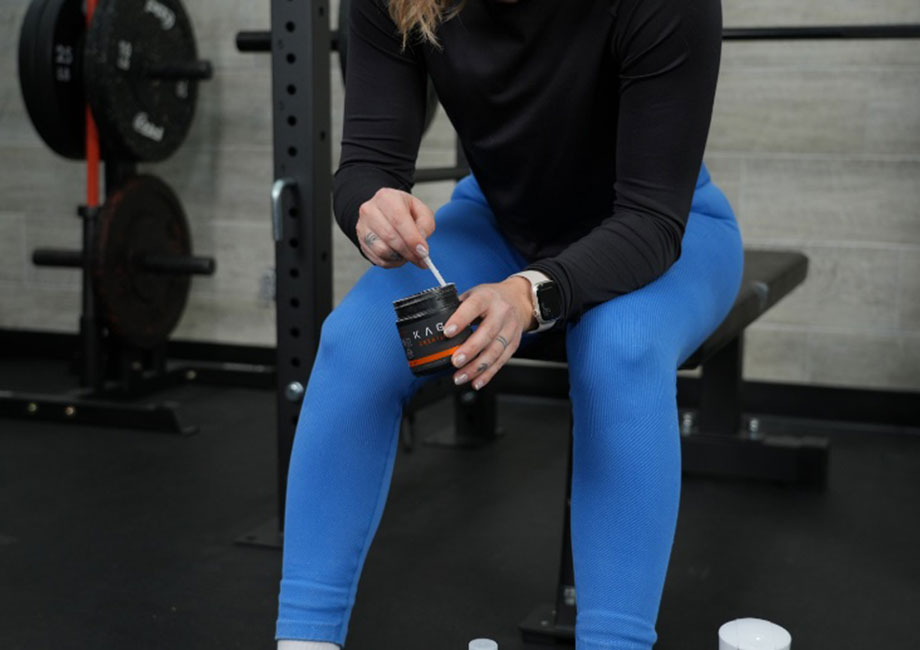Staying hydrated is absolutely paramount to maintaining athletic performance. However, it’s also important for general wellness, controlling appetite, preventing muscle cramps, and maintaining energy levels. That said, store-bought electrolyte drinks can get expensive if you dehydrate easily.
That’s where knowing how to make a homemade electrolyte drink can come to the rescue; all you need is a mason jar and some easily obtainable ingredients. You can also avoid the dyes and additives that are often included in the most popular sports drinks. However, what components are necessary to make a good substitute for the tried and true electrolyte drinks you know and love? A sports dietitian goes over the importance of electrolytes and how to get them right at home in this article.
Medical disclaimer: This article is intended for educational and informational purposes only. It is not intended as a substitute for medical advice. For health advice, contact a licensed healthcare provider.
What Are Electrolytes?
In scientific terms, “electrolytes” are particles with an electric charge, whether positive or negative. For us humans, these particles are minerals we can get from food or fluids that end up in our blood and sweat.
RELATED: Best Electrolyte Powder
The main electrolytes found in the body are also essential minerals: sodium, potassium, chloride, and calcium. However, magnesium, phosphate, and bicarbonate are also recognized as electrolytes that have important functions. In general, electrolytes help us to maintain the fluid balance we need for rehydration and staying hydrated, helping the nervous system work optimally and allowing muscles to contract and relax.
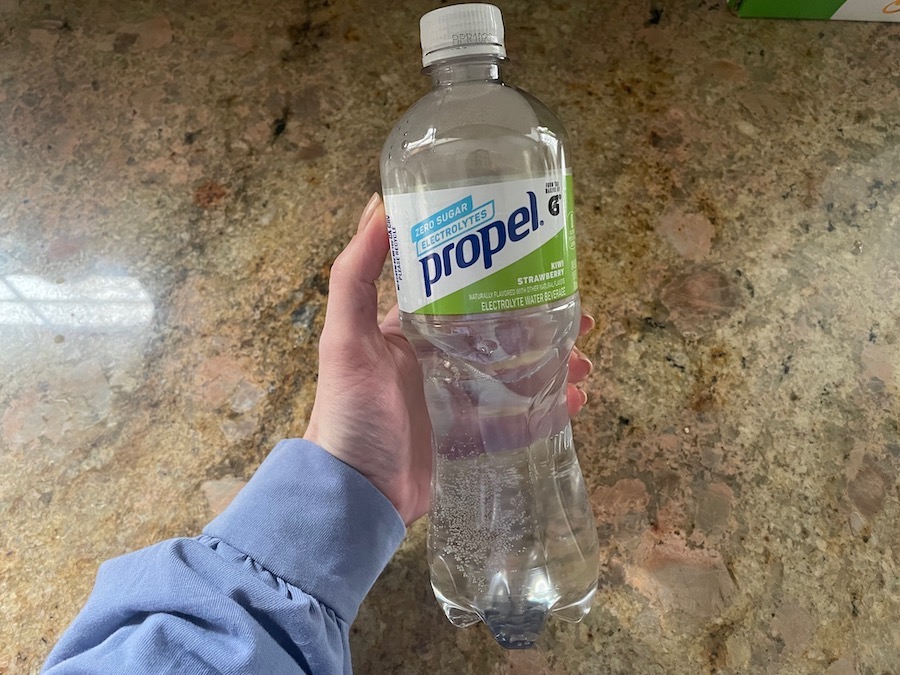
This is one reason Gatorade is a mainstream electrolyte drink for athletes due to its content of sodium and potassium, which are key electrolytes for preventing muscle cramps. If there is not a proper balance of these electrolytes, your muscles can contract, but they become unable to relax1. This is when muscle cramps occur and why most sports dietitians who work with professional athletes will keep shots of concentrated electrolyte water to quickly relieve the cramp.
Calcium and magnesium are also involved in the muscular system. However, they are less important to be conscious about as these are trace minerals that are not lost from our system easily. Sodium, however, is lost in sweat which is why sweat is so salty. If this electrolyte is not replaced along with potassium, dehydration and muscle cramps are right around the corner.
Electrolytes are also pivotal to maintaining proper hydration for both athletic performance and general wellness. For the body to be hydrated, the body’s cells must contain enough fluid and have the right balance of electrolytes. In other words, simply drinking enough plain water is not enough, electrolyte balance must be achieved for proper hydration2.
This is because electrolytes, particularly sodium, help maintain fluid balance through osmosis which prevents cells from shriveling up due to dehydration. When this happens, the cells cannot operate properly which can result in fatigue, decreased athletic performance, and dry mucous membranes.
The brain is also about 75% water, so dehydration can also cause brain fog. Finally, electrolytes help cells retain water so that the fluids you consume can stay in your system longer.
Homemade Electrolyte Drink Recipe
Given that store-bought electrolyte drinks and sports drinks like Pedialyte and Gatorade can be expensive if you need electrolyte replenishment often, making your own homemade electrolyte drink might be the move. It’s also a good idea to make it in bulk in a pitcher for easy dispensing.
What Should Go in a DIY Electrolyte Drink?
Many people who make their own homemade electrolyte drink may just add sea salt to plain water. While this can do the trick in a pinch, since sodium is the most important electrolyte for fluid balance, it’s not as effective as having multiple electrolytes.
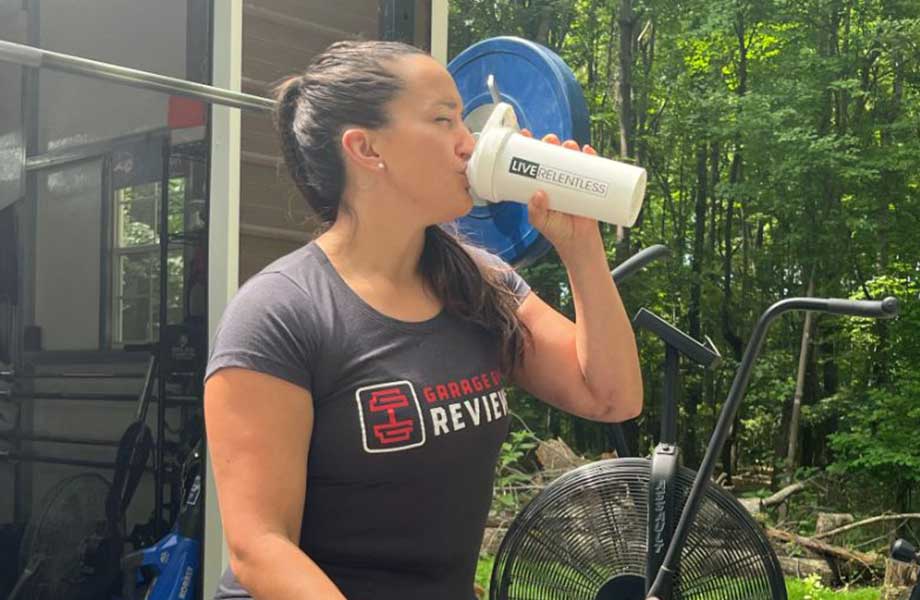
Thus, there are a few simple ingredients that are a good idea to make as the baseline for a DIY electrolyte drink. As you can guess, sodium is the main focus and Himalayan pink salt is the ideal choice for it.
When compared with regular table salt, sea salt, or iodized salt, Himalayan pink salt provides greater amounts of calcium, potassium, magnesium, and iron. However, it’s absolutely not mandatory to use it as an ingredient, it’s just a better choice for the purpose of making a homemade electrolyte drink.
Salt is also called sodium chloride, which means having it in your drink provides both electrolytes. The sodium content of one 12-ounce Gatorade is about 430 milligrams which equals about a quarter teaspoon of salt per liter of water. More is not better when it comes to electrolytes! Hypernatremia, which is when the levels of sodium in your blood become toxic, can be deadly.
RELATED: Best Sports Drinks
Potassium content can be achieved by using coconut water as your liquid base instead of plain water as it is high in the mineral. However, fruits are also high in potassium so using a citrus fruit juice like lime juice or orange juice is also a great option.
These fruits not only offer vitamin C and trace minerals like calcium and potassium for better electrolyte water, but they can act as a sweetener and ease the flavor so you aren’t just drinking straight-up salt water. Finally, and this is important for athletes, adding some carbohydrates can also be helpful.
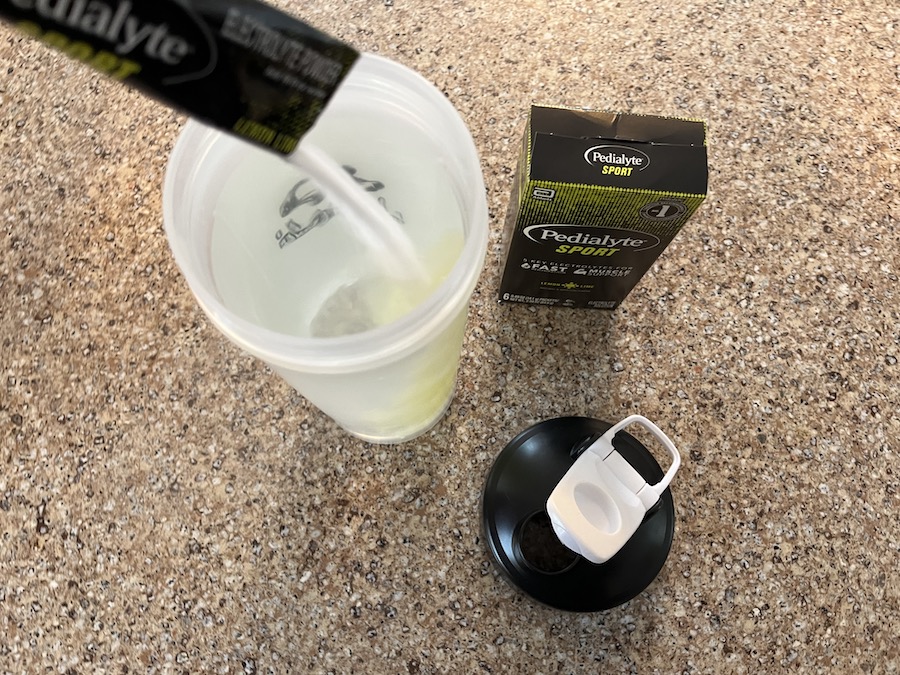
While this doesn’t necessarily help with hydration, it can provide a little extra glucose to help with muscle contraction which is why your standard 12-ounce Gatorade also contains about 7 grams of carbs from sugar.
You can use fresh fruit, maple syrup, raw honey, or just a tad of table sugar as a source of carbs, but it’s not necessary if you use fruit juice in your electrolyte drink given juice contains natural sugars.
If you are paleo, keto, or otherwise restricting your carbohydrates, feel free to use a natural sweetener like stevia which will produce something closer to a Gatorade Zero. With all of that out of the way, let’s get into some options for a homemade, natural electrolyte drink.
Basic Lemon Electrolyte Drink
Ingredients
- 2 cups water
- ¼ teaspoon Himalayan pink salt
- ¼ cup fresh lemon juice
- 2 tablespoons raw honey
Steps
Blend, whisk, or shake vigorously in a mason jar until well combined.
Coconut Water Electrolyte Drink
Ingredients
- 2 cups of coconut water
- ¼ teaspoon Himalayan pink salt
- 2 tablespoons maple syrup
- A squeeze of fresh lemon
Steps
Blend, whisk, or shake vigorously in a mason jar until well combined.
Fruity Electrolyte Drink
Ingredients
- 1/4 cup frozen strawberries or blueberries
- 1/4 cup fresh orange juice
- 1 cup water
- 1 tablespoon raw honey
- ¼ teaspoon table salt
Steps
Blend together orange juice, water, honey, and salt until well combined. Then fill your water bottle, mason jar, or glass with berries and fill with the blended liquid.
When to Take an Electrolyte Drink
As mentioned, when you sweat you lose sodium and, to a lesser extent, chloride. This occurs more rapidly if you are exercising in the heat (or just being in heat for an extended period of time), exercising in a pool, or exercising at higher elevations.
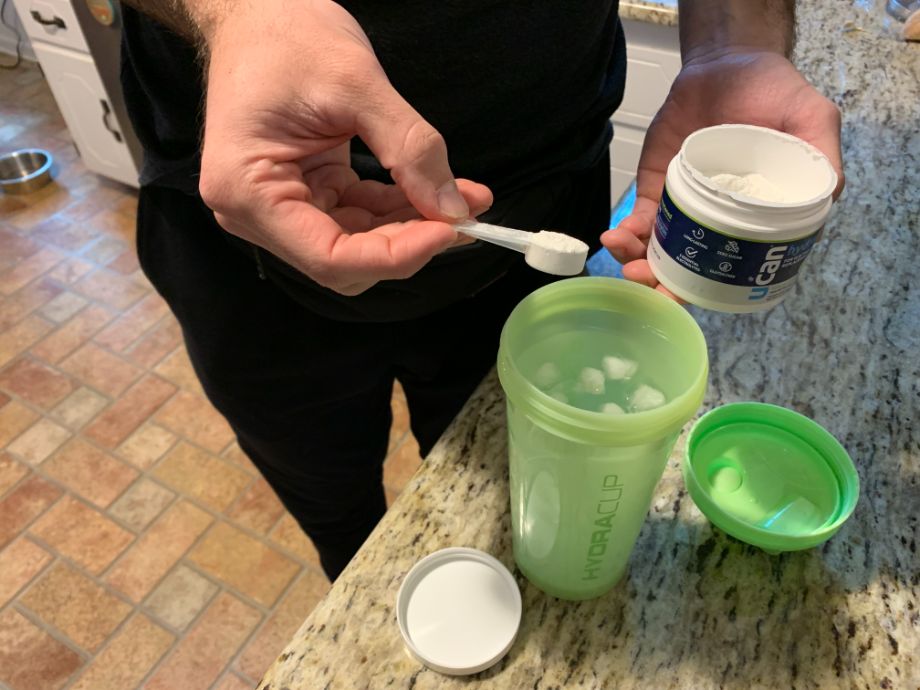
You may also need rehydration if you go on long flights, as the body loses about 8 ounces of fluid for every hour in the air, which is why drinks are required to be served on flights of a certain length. This is why science suggests drinking 100-300 milliliters of water while in the air3.
It’s also why a sports dietitian will nag their athletes to bring a water bottle to the airport with them to fill up after they get through security if they are traveling a long distance for a game, race, or competition.
Different individuals sweat at different rates4. There are some active individuals who will exercise forever and not even break a sweat. Others, even if very well-trained, will start to drip after just a few jumping jacks. Knowing what your threshold is will be key as it determines how diligently you should be replenishing those electrolytes.
All of that said, it’s a surprisingly common phenomenon that people often guzzle down drinks like Pedialyte for hydration and to correct electrolyte imbalance when they don’t really need to. In general, you don’t need sports drinks if you are exercising for less than an hour as this isn’t a level of activity that elicits significant electrolyte imbalance. You normally have enough in your system from food and other sources to make it through.
However, if you are a very heavy, salty sweater; exercise in heat, water, or elevation; or if you engage in endurance exercise for more than 90 minutes to two hours, sports drinks are likely necessary for proper replenishment and performance5.
RELATED: Best Detergent for Sweaty Clothes
If you have kidney disease or heart disease, talk to your healthcare provider before trying a homemade electrolyte drink. Too much sodium can dangerously raise blood pressure for those with heart problems. Impaired kidneys also have a lot of trouble filtering out electrolytes which can cause these essential minerals to build up in the blood, causing life-threatening toxicities.
How to Make a Homemade Electrolyte Drink: Final Thoughts
For the average, sedentary American, limiting sodium intake is usually the recommendation for healthy blood pressure. However, for those who are active, elite athletes or exercise in heat, sodium is much needed.
Potassium, chloride, calcium, and magnesium are also key electrolytes for the nervous system and muscles to work optimally along with maintaining proper hydration. Luckily, if you maintain a healthy diet, you can get enough of these minerals from food.
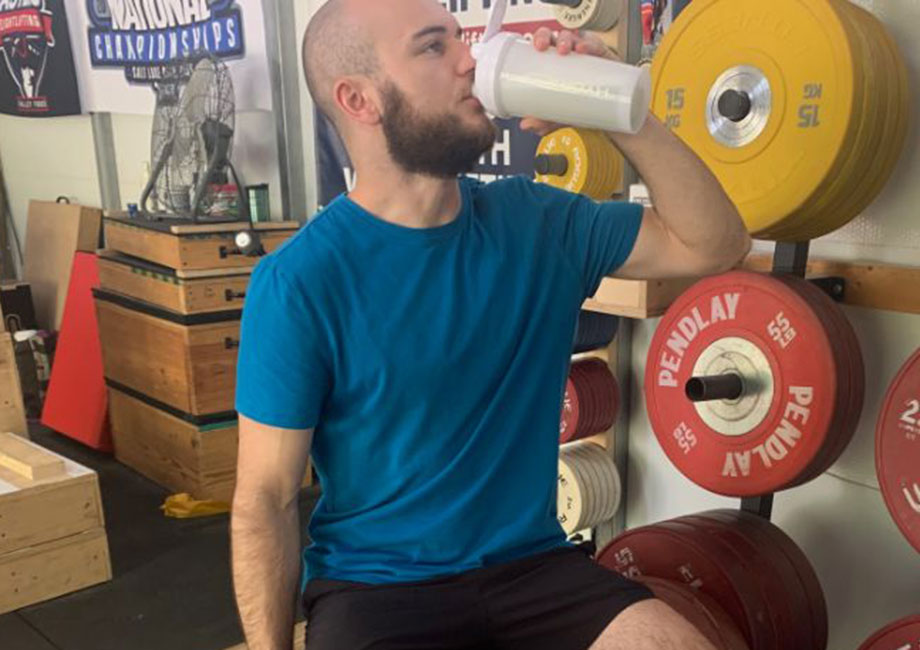
If you are very active, however, a homemade electrolyte drink recipe with simple ingredients can be a cost-effective way to go about replenishing your hydration status and preventing muscle cramps. These drinks are typically friendly to paleo, keto, and gluten-free diets, but the beauty of making them at home is you can manipulate them to fit your dietary needs as long as they have the key ingredients we discussed.
RELATED: What Is the Keto Diet?
How to Make a Homemade Electrolyte Drink: FAQs
How do you make an electrolyte solution at home?
You can make a homemade sports drink at home by using the correct amounts of table salt, a source of potassium, some citrus like lime juice, and a sweetener like maple syrup or stevia for flavor.
What can I drink at home for electrolytes?
You can drink plain water with sea salt or coconut water with salt and fruit juice for electrolytes.
How do you turn water into electrolytes?
Chemically, it’s not possible to turn water into electrolytes, but minerals such as sodium can be added to water.
How much salt does it take to make electrolyte water?
Generally, sports drinks contain about 450 milligrams of sodium per 12 ounces, which translates to about a quarter teaspoon of table salt or sea salt.
These statements have not been evaluated by the Food and Drug Administration. This product is not intended to diagnose, treat, cure, or prevent any diseases.
References
- Sweeney HL, Hammers DW. Muscle Contraction. Cold Spring Harb Perspect Biol. 2018;10(2):a023200. Published 2018 Feb 1. doi:10.1101/cshperspect.a023200
- Millard-Stafford M, Snow TK, Jones ML, Suh H. The Beverage Hydration Index: Influence of Electrolytes, Carbohydrate and Protein. Nutrients. 2021;13(9):2933. Published 2021 Aug 25. doi:10.3390/nu13092933
- Zubac D, Buoite Stella A, Morrison SA. Up in the Air: Evidence of Dehydration Risk and Long-Haul Flight on Athletic Performance. Nutrients. 2020;12(9):2574. Published 2020 Aug 25. doi:10.3390/nu12092574
- Lara B, Gallo-Salazar C, Puente C, Areces F, Salinero JJ, Del Coso J. Interindividual variability in sweat electrolyte concentration in marathoners. J Int Soc Sports Nutr. 2016;13:31. Published 2016 Jul 29. doi:10.1186/s12970-016-0141-z
- Shirreffs SM, Sawka MN. Fluid and electrolyte needs for training, competition, and recovery. J Sports Sci. 2011;29 Suppl 1:S39-S46. doi:10.1080/02640414.2011.614269


